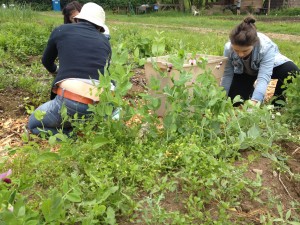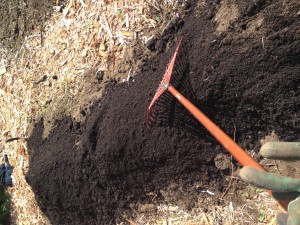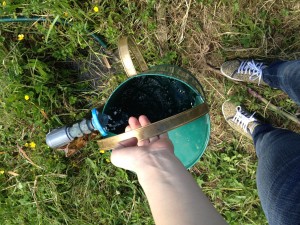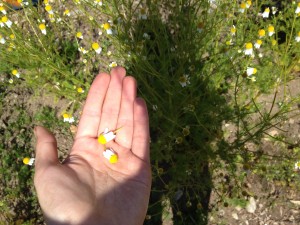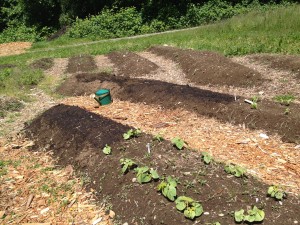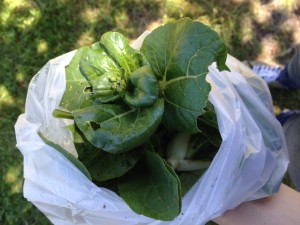As mentioned in my last blog post, I will be discussing my reflections on the my course abroad. Without further ado…
Overall, I am extremely happy with my decision to have applied and participated in this program. This program allowed me to experience a new culture and perspective which I hope to carry with me in my future endeavors. For one, the course taught me how to live more independently. Living in the dorm, I learned how to do seemingly simplistic tasks on my own, such as taking care of myself when I was sick from terrible food poisoning. While I had friends and TAs to help me through challenges such as food poisoning, I was still able to learn how to take care of myself at times when I thought I couldn’t on my own. As well, I learned more about myself throughout the trip. I learned about what I was comfortable with and what I was not, as well as what my own limitations are. For instance, throughout the trip, I always tried to take advantage of every opportunity and put 100% of my efforts into everything I did, whether it was an academic task such as research or a leisurely activity such as exploring the city. I left little time to give myself a break because I wanted to make the most of my limited time in Indonesia and did not want to waste time resting. Halfway through the course however, I quickly learned the importance of giving myself enough time to rest. At one point, I began feeling extremely fatigued. I could no longer concentrate on the work ahead of me and started getting headaches and nausea frequently. I finally took the time to take care of myself, such as making sure I had a nap on a long day or eating more healthy foods, and soon enough, my fatigue and sickness departed. While I still tried to take advantage of the new and exciting opportunities in Indonesia, I also remembered my own limitations and need for rest.
Throughout the course, I also learned about the importance of understanding a different culture. When my group was first trying to understand the success of the development projects within our village, it seemed that all the projects implemented were a complete success. However, it wasn’t until we gained the trust of the local villagers that we realized many of the projects implemented had their failures. We soon realized that within the local area, it is uncommon to speak poorly of others due to societal norms. While this may seem to be a positive trait, this proved to be a challenge when trying to assess the development projects because villagers were unwilling to provide constructive criticism on the failures of the projects. Had we not realized this, we would have had a very different assessment on the projects in our village. In this way, it is important to understand the context of the culture you are working in.
In addition, I learned about other implications of aid work throughout the course. For instance, I learned about the importance of clear communication between aid donors, designers, or implementers, and beneficiaries or partners. Within our village of Situ Gede, it was evident that little training or follow-up was prioritized throughout the development projects. In the case of the briquette making project, the IPB professor who designed the project was unaware that the local villagers did not use the technology beyond the one training workshop provided to them by IPB staff. IPB staff seemed to do little to initiate follow-up discussions on the development projects while local villagers were afraid to critique the projects because they did not want future development projects to be discontinued in the village. Thus, it is extremely important to maintain clear communication between stakeholders in order to better ensure development projects are successful and sustainable.
The course also taught me many other lessons, such as the importance of implementing initial needs assessment, of focusing on quality versus quantity, and the importance of addressing knowledge-practice gaps to name a few. Ultimately, I have realized the importance of undergoing monitoring and evaluation (M&E) within development projects and aid work in general. M&E by independent elevators is important to support existing and future aid projects because it seeks to discover whether vulnerable populations are actually getting the resources and help they need in an efficient, sustainable and culturally appropriate manner. While there are limitations to M&Es, I hope to use the lessons learned from this trip in my future career path.

